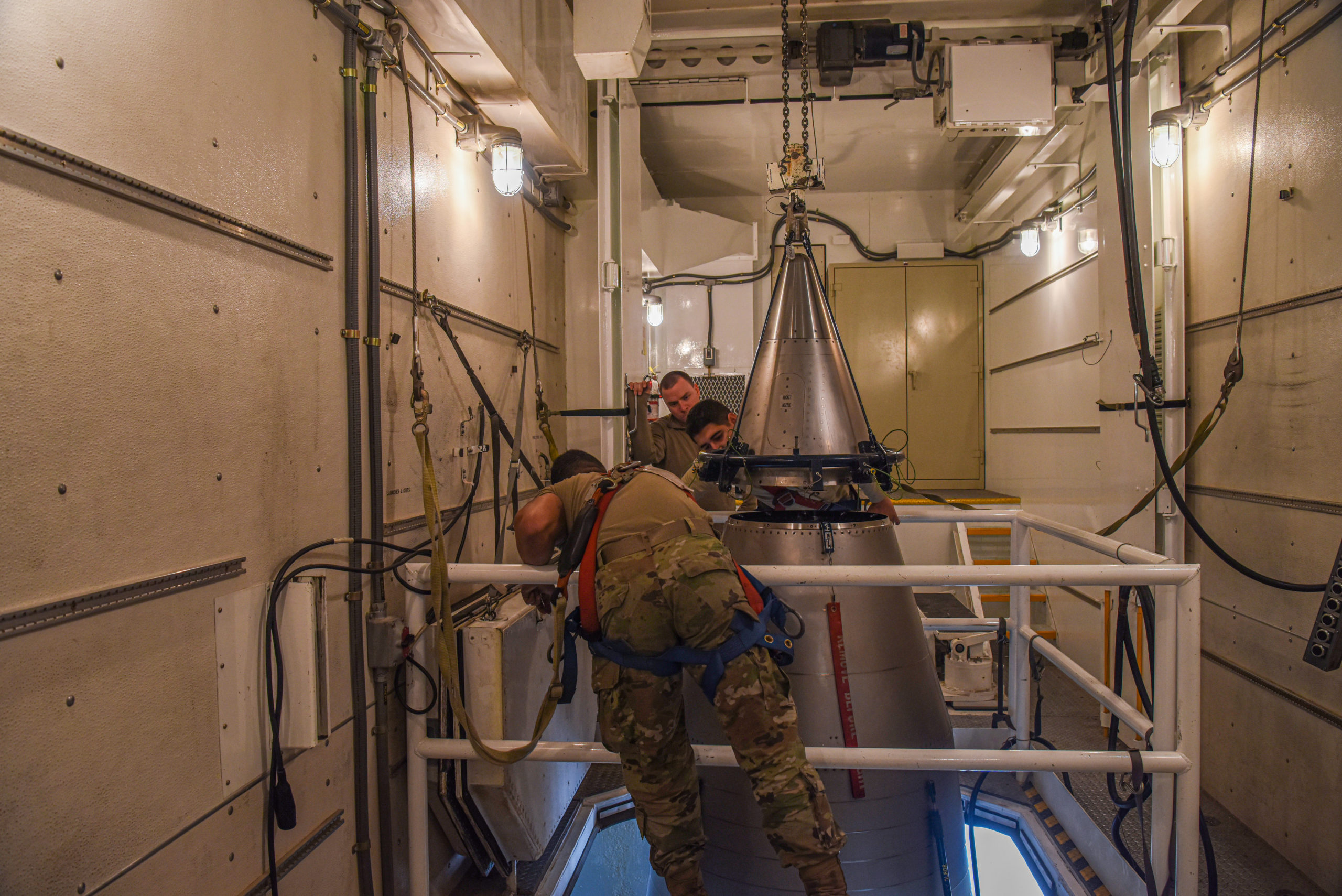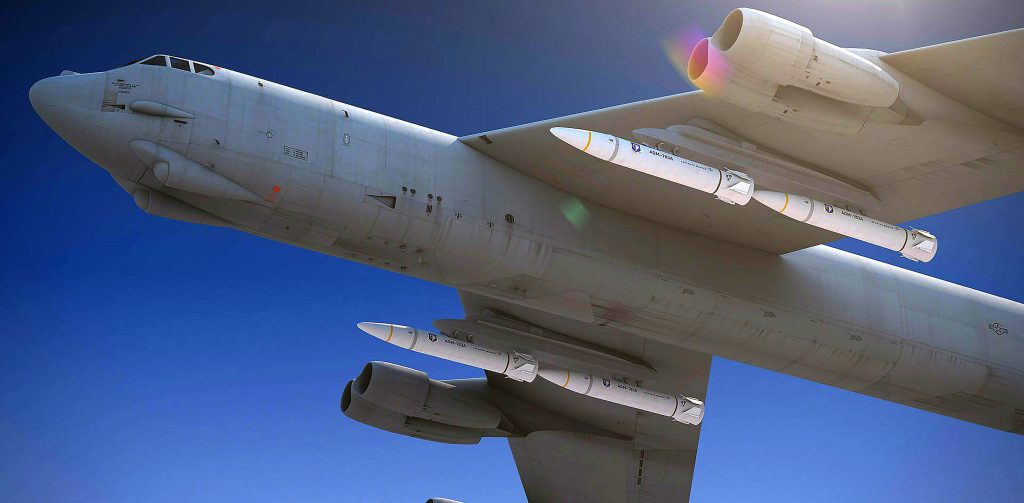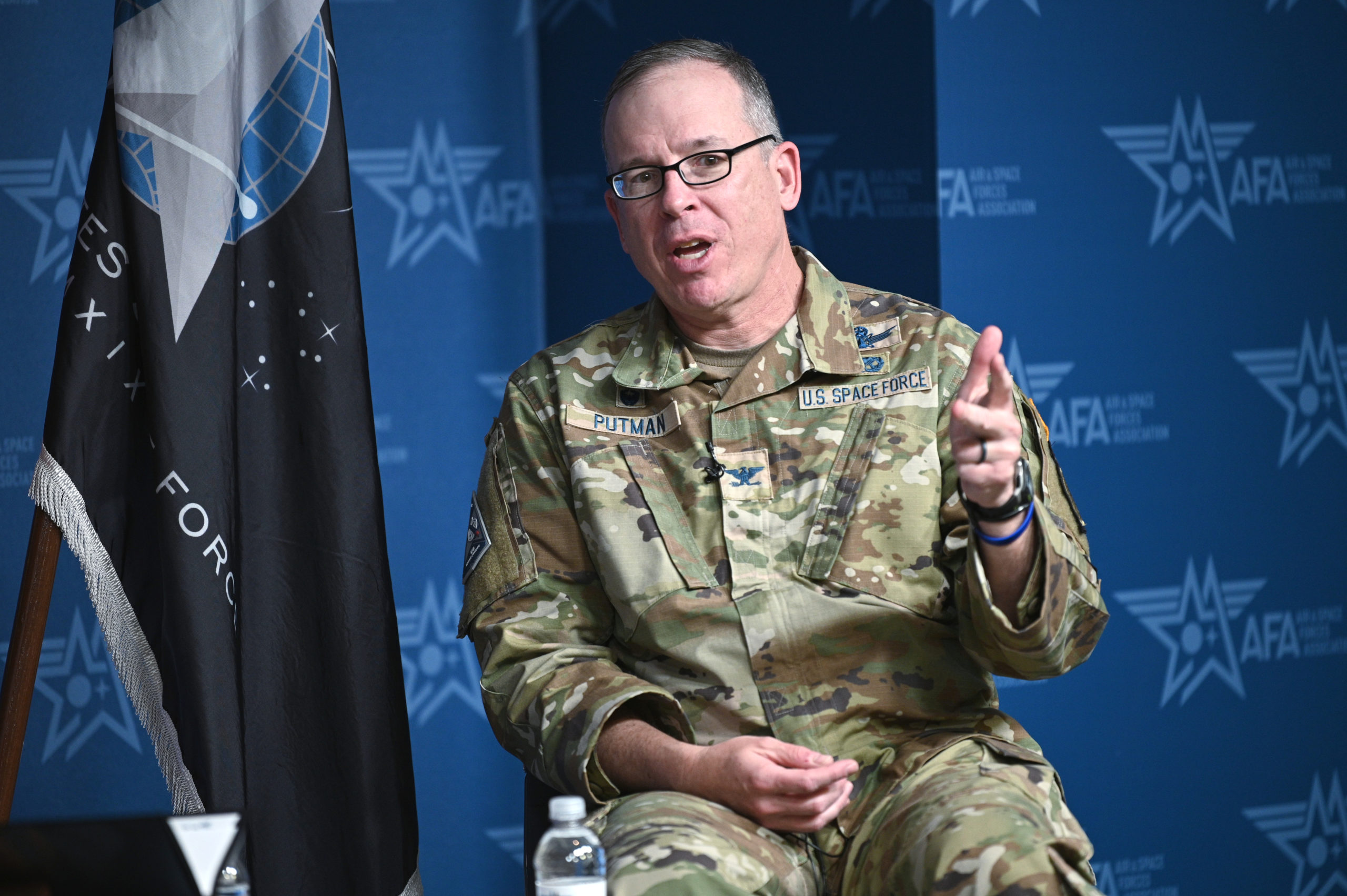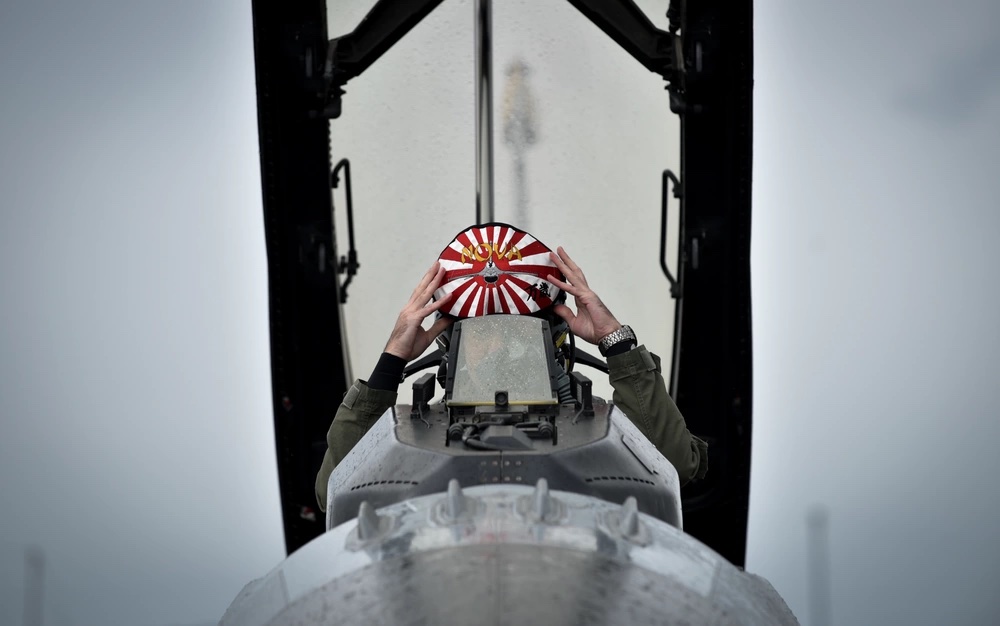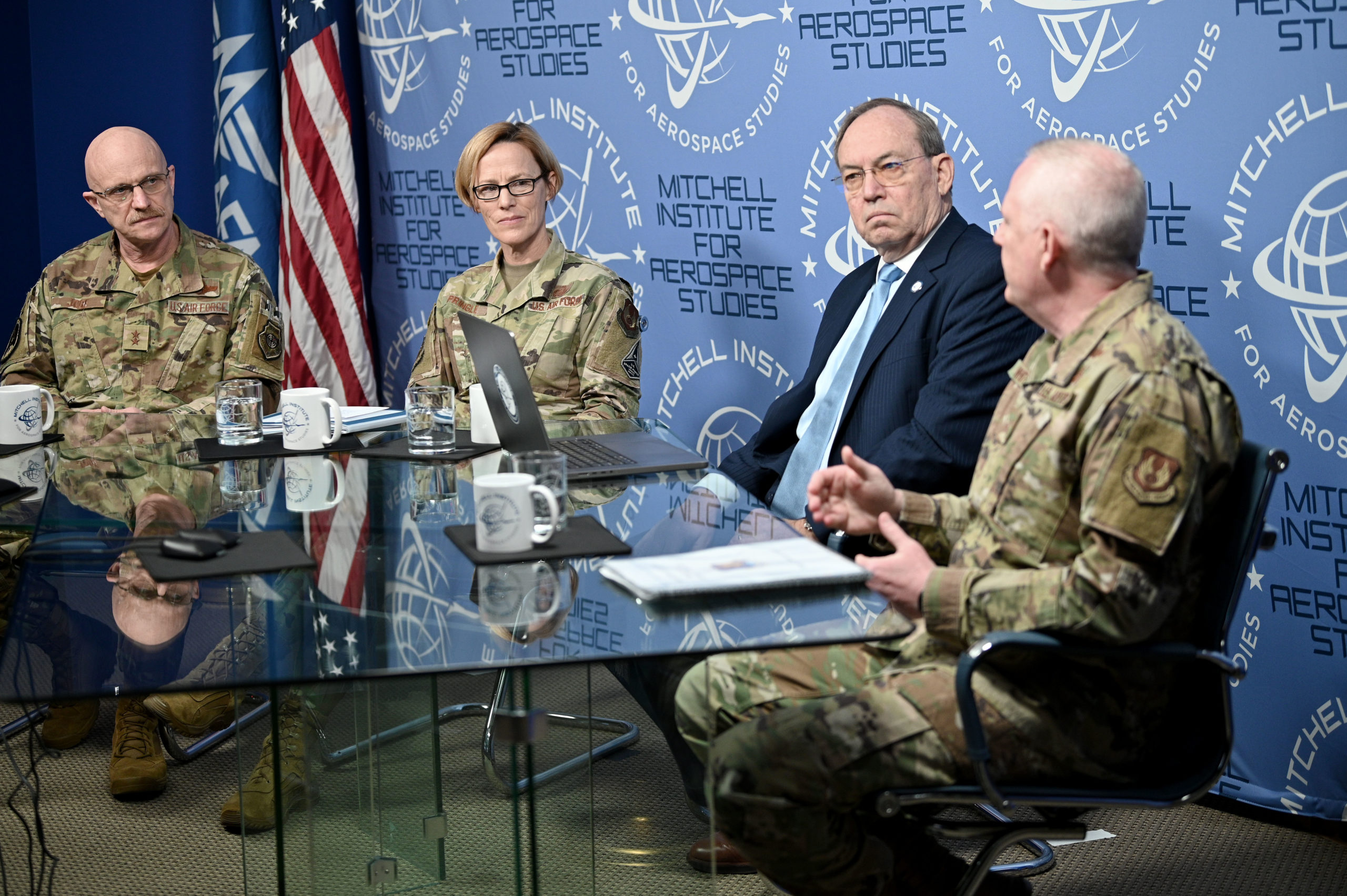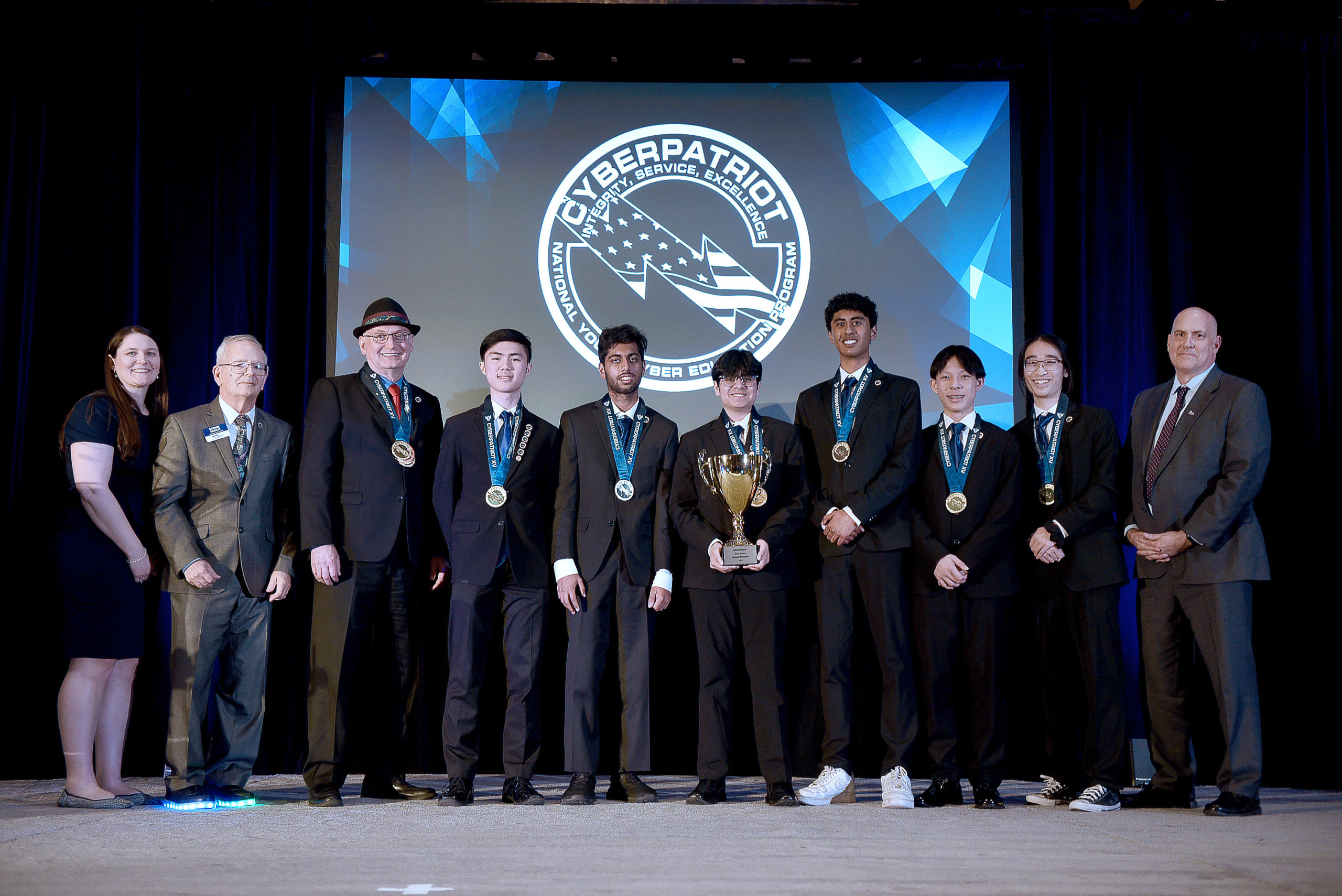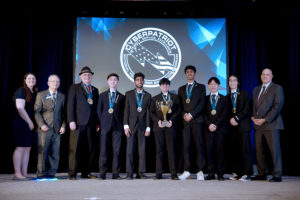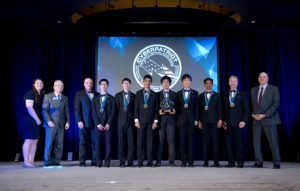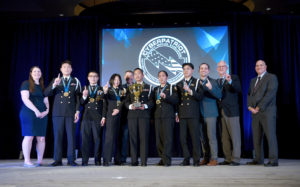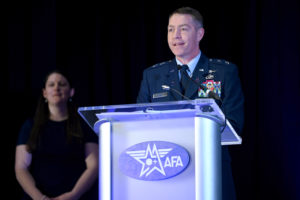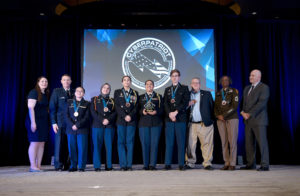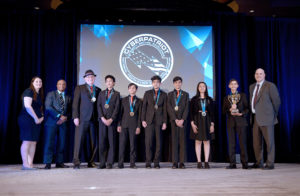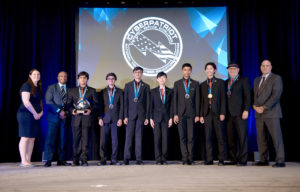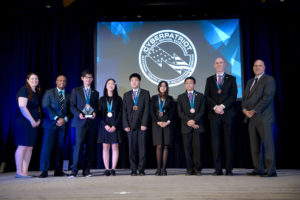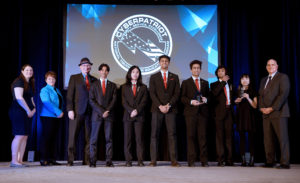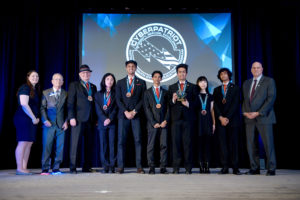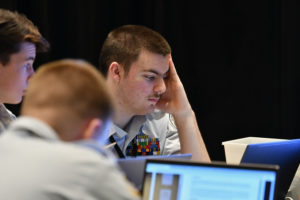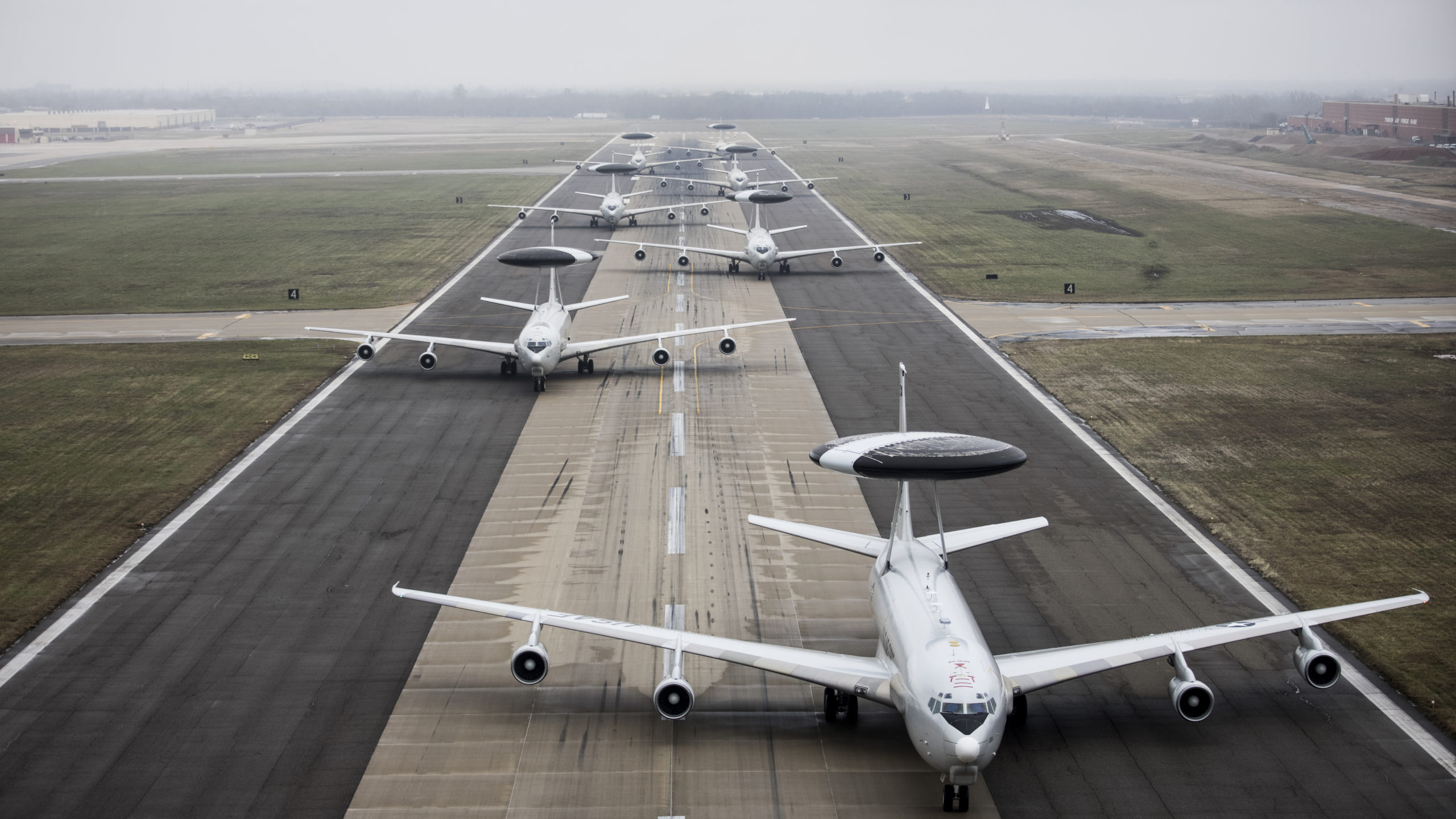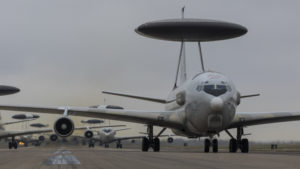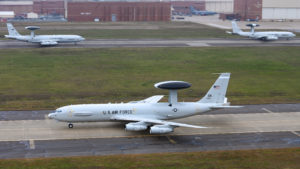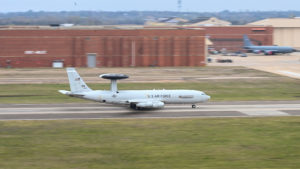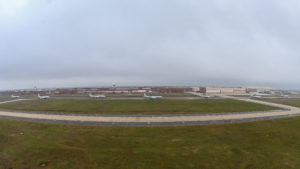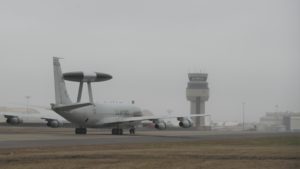The Air Force’s study of possible links to elevated rates of cancer among personnel who worked on intercontinental continental ballistic missiles has begun, the commander in charge of the U.S. ICBM fleet confirmed March 28.
The initial phase of that study will mine cancer registries for information and compile a database, Gen. Thomas A. Bussiere, head of Air Force Global Strike Command, said in testimony to Congress. The data collection phase began in the past two weeks, and the entire study will take six to 10 months to complete, according to Bussiere. Members of the Air Force School of Aerospace Medicine, which is leading the study, began visiting ICBM bases in early March.
“But we’re not going to wait until that’s done,” Bussiere told members of the House Armed Services Strategic Forces subcommittee. “If we find something, then we’re going to drill down into that causal area.”
A presentation detailing cancers among missileers who served at Malmstrom Air Force Base, Mont., was posted on social media in January, sparking renewed concern among crews who have worked on the nation’s ICBMs, which are spread across Malmstorm, F.E. Warren Air Force Base, Wyo., and Minot Air Force Base, N.D.
Air Force Global Strike Command commissioned the “Missile Community Cancer Study” in February to examine all intercontinental ballistic missile wings and personnel who support the Air Force’s ICBM mission. Bussiere told Congress the Air Force would act quickly if it finds red flags early in the data collection phase.
“We started our efforts,” Bussiere said. “The first phase is to look at all the cancer registries in the Department of Defense as well as those that are available from the state level and see if we have higher incident rates within the areas that we do missile field operations.”
The presentation looking at Malmstrom missileers indicated that at least nine service members from the base had been diagnosed with non-Hodgkin lymphoma. Lt. Col. Daniel Sebeck, a former missileer and now a Space Force Guardian, created the presentation; it was subsequently posted to the popular, unofficial Air Force amn/nco/snco Facebook page, which led to renewed focus and reporting on the issue.
“There are indications of a possible association between cancer and missile combat crew service at Malmstrom AFB,” Sebeck wrote.
Many missileers have long worried that their job exposes them to aging equipment, bunkers, and silos that can cause health problems—Sebeck cited “known hazards” such as chemicals, asbestos, polychlorinated biphenyls, lead, and other materials associated with the older facilities and equipment.
When asked about the modernization of the IBCM fleet during the hearing, Bussiere noted the Air Force needs the new Sentinel ICBM to replace increasingly antiquated elements of the current Minuteman III fleet.
“We struggle with our current maintenance and sustainment of the Minuteman III,” Bussiere said. “It’s a very old weapon system. In the last five years, we’ve had 2.5 million maintenance man-hours, which is a 30 percent increase over the previous five years, and we’re anticipating a 25 percent increase in the next five years, so the solution to that aging weapons system is the Sentinel.”
Maintenance crews are among those who also have concerns about the dangers their work may have exposed them to.
“Although there had been previous studies specific to Malmstrom, I asked the Air Force Surgeon General and the Chief and Secretary if I could do a more comprehensive study that looked across all of our AFSC—Air Force Specialty Codes—that serve in the missile field operations, and all three of our bases to make sure we have a deep understanding if we’re putting our Airmen at risk and if we are we’re going to mitigate it,” Bussiere told the subcommittee.
AFGSC has also encouraged former service members to come forward. It established a website with resources on non-Hodgkin lymphoma and pledged to keep former Airmen and the public updated.
“We are responding with both urgency and transparency to compile comprehensive data to understand the risk to our Airmen and their families,” Bussiere wrote in his opening statement.
As the presentation made by Sebeck highlighted, health concerns among ICBM crews are not limited to current members of the Air Force. Over 400 members of the Space Force, including Chief of Space Operations Gen. B. Chance Saltzman, are former missileers.
“If you think you need help, go get help and go get screened. Go see a health professional and ask all your questions, and get the help that you need,” Saltzman said at the AFA Warfare Symposium. “I think that’s the most important thing. We don’t need to wait for a study to emphasize that.”
During his opening statement, Bussiere noted that investing billions in modernizing the nation’s nuclear arsenal must go hand-in-hand with looking after the welfare of those who work with those weapons.
“The U.S. must ensure our weapons are capable and ready, our Airmen are empowered and equipped,” Bussiere said. “The Airmen of Air Force Global Strike Command continue to fulfill our mission with discipline, excellence, and pride. However, a number of our Airmen also face personal challenges, including health concerns, housing, and childcare availability. And we are working to develop prompt and comprehensive solutions to ensure our Airmen are getting the care they need and deserve.”
